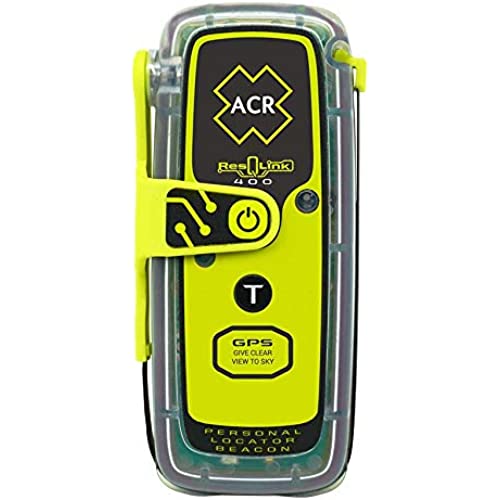
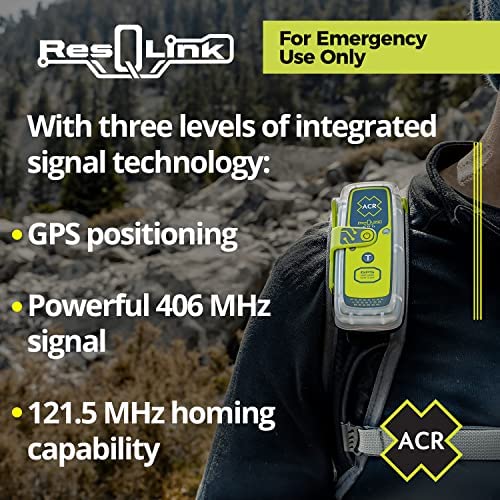
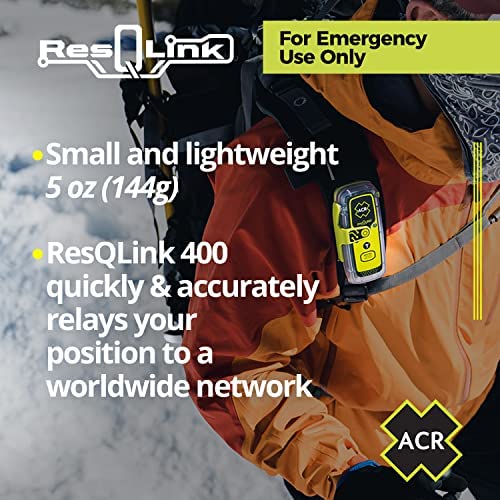
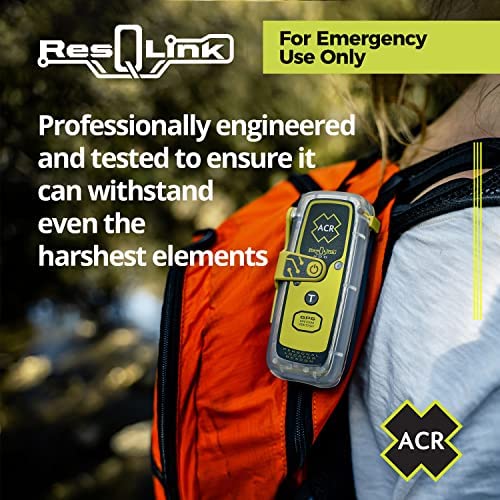
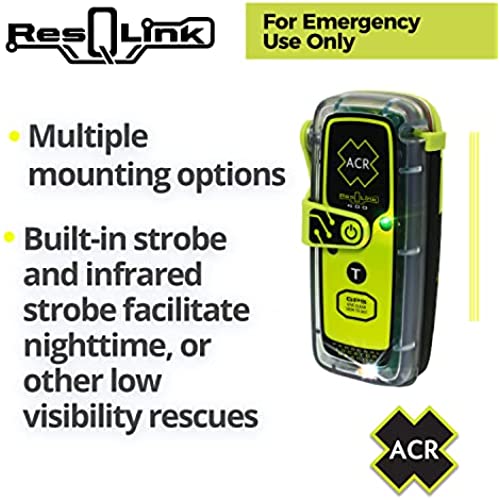
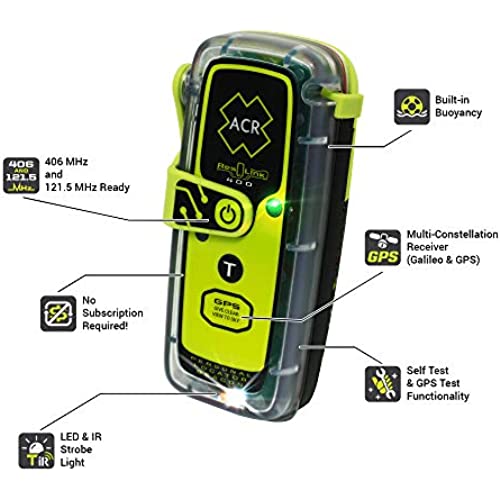
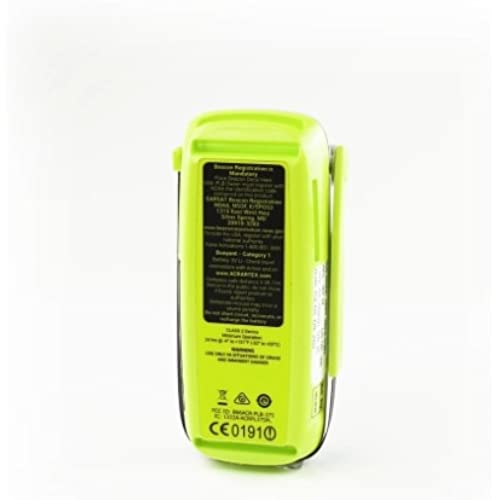







ACR ResQLink 400 - SOS Personal Locator Beacon with GPS (Model: PLB-400) ACR 2921
-

Michael
Greater than one weekSimple design. Easy to use and understand. Thankfully haven’t needed to press button yet but I am ready!!!
-

CJ
Greater than one weekLike the size and portability. Keep it in my flight bag!
-

Roman Wloch
> 3 dayGot this for my son while he jet skis Had it for approx 3 months Noticed it was full of rust Went to test Obliviously nothing works Good thing he did not need it for a emergency
-

Gerry Ullrich V
Greater than one weekExpiration date was fresh five years out . I can relax now when beyond cell service
-

Tim Green
Greater than one weekBought for hiking and was happy with the unit. Until I went to test and it failed the battery test. Had to drive two hours to the nearest authorized battery replacement dealer; informed it was not the battery, I needed to contact the company about warranty. Good luck! Customer service sucks...if you can even get hold of someone!
-

Jim
> 3 dayIt appears to work fine. Hopefully I will never have to test it for real. All the setup and registration was easy and worked flawlessly. All the self test checks worked with no problems.
-

1HuntsWithNature
> 3 dayThis will SAVE YOUR LIFE !!!
-

IanC
> 3 dayThe chances of ever needing to use an emergency beacon are astranomically low. 911 cell coverage many times is available when regular cell service is unavailable. But if you travel off the beaten path and need insurance against being in a real life and death situation and having absolutely no other way to call for help (from air/sea rescue) this emergency beacon is light and foolproof.
-

JM
> 3 dayGreat for peace of mind. Anywhere in the world, any time, you’ll be found if you can see the sky. So please don’t activate it indoors, it must see the skies to see the satellites. As for the guy who strapped it to his jet ski, this made is for terrestrial endeavors. And while it will float, it’s only made for water pressures found at the water surface. They have beacons for marine use. You might as well complain about your jet ski conking out when riding on land. Pick right tool for the right job.
-

C. P. Ryan
> 3 dayI received this as a gift from a family member. On my second jet ski fishing trip in the Gulf of Mexico, the unit self activated notifying all me emergency contacts, the US Airforce, and the coast guard. I store the unit in my life jackets zipped pocket. Needless to say, my emergency contacts were terrified I was in trouble. A google search identified a boaters thread where many mentioned similar stories. I’m waiting to hear from ACR now. I’m hoping their customer service has improved from the posts I read. BTW, this seems to be an ACR or design issue; not an issue with this seller.

